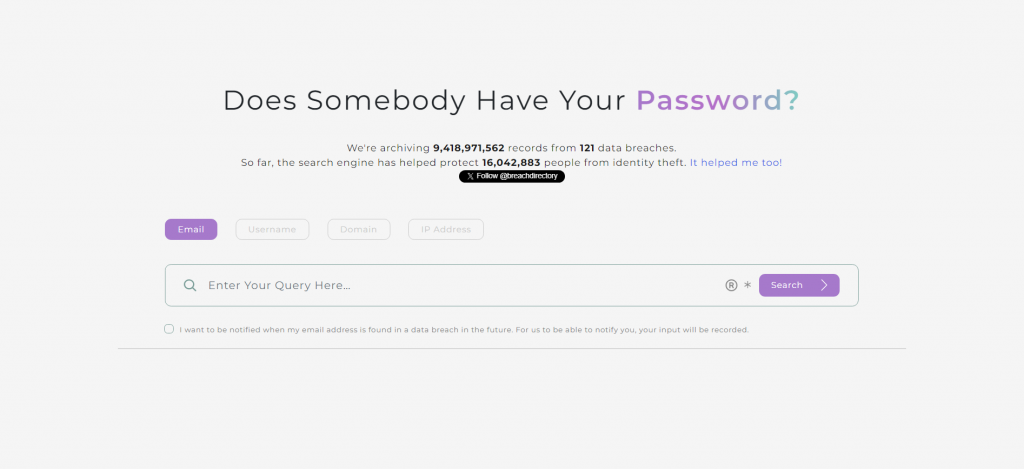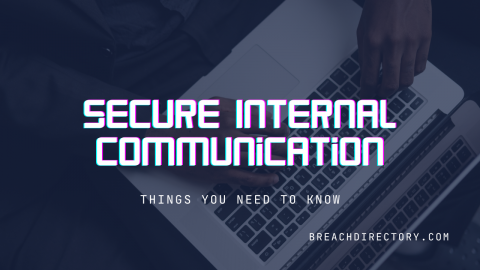These days, secure internal communication is crucial. Secure internal communication ensures that messages you send that possibly contain data crucial for your company’s future such as the recent data breach event that you suspect could’ve occurred, stay safe from prying eyes. Today, we explore the means you can employ secure internal communication channels within your company or when chatting to your friends.
Why the Need for Secure Internal Communication?
At this point, some of you may ask questions – is there a need for secure internal communication and why should we even make use of it? Can’t we communicate via Slack or even SMS messages?
The thing is, you can – but if you do so, you can’t be sure that your conversations remain private from prying eyes; messages sent over SMS or Slack don’t offer any encryption and that means that transmitting any sensitive information via voice calls or SMS messages is at risk of being intercepted by third parties.
An attacker may intercept calls or SMS messages and that’s the primary reason why sensitive data is never sent over such channels. An attacker can take over the phone number by social engineering the company that provides you cellphone services into thinking you’ve bought a new phone or something, and since SMS doesn’t have any authentication capabilities, the SMS may go to an attacker’s phone instead.
There’s also a concern of any telecom provider telling your provider to forward any calls and messages made to your number and transmitted over insecure channels to them.
What about Slack?
Many know that calls and SMS messages are insecure – but what about tools that transmit messages over TLS, such as Slack or even Skype over the web?
Slack is a cloud-based project offering to seamlessly facilitate communication between multiple team members within an organization. While the messages sent back and forth over Slack would be sent using SSL, the tool itself doesn’t offer any end-to-end encryption or even basic secure features like self-destructing messages and the like.
These two concerns make people switch to more secure internal communication tools like WhatsApp or Signal instead. Many people still mention Telegram in the list of secure internal communications tools, however, some say that it’s less secure than Signal. More on that in upcoming blogs, though.
We’re not discussing the specifics of these secure internal communication tools in this blog, however, we will provide some examples of how Slack differs in comparison to the primary secure communications tool – Signal.
Slack vs. Signal and Secure Communication Tools
Let’s take one of the most frequently used tools for secure internal communication – Signal – as an example. The tool was founded in 2018 and is known to offer encrypted messaging and calling capabilities. Slack, on the other hand, was founded in 2014 and is known for being a top-notch collaboration tool across the globe. Slack can offer features suitable for remote work, team, and internal communications, as well as video conferencing and web conferencing. However, slack isn’t a secure internal communications tool because it doesn’t offer any end-to-end encryption as Signal does. The core differences between Slack and Signal in the security space would be as follows:
| Feature | Supported in Signal? | Supported in Slack? |
| End-to-End Encryption | Yes | No |
| File Sharing | Yes | Yes |
| Self-Destructing Messages | Yes | No |
| Threaded Discussions | No | Yes |
| Voice Calls | Yes | Yes |
The main feature Slack lacks that Signal offers is End-to-End encryption: Slack may be very useful to facilitate internal company communication, but the messages won’t be encrypted.
In terms of generally available secure internal communication tools, look into Signal or WhatsApp. Both apps are perfect for your use case. There are also other similar tools offering E2E encryption: such tools include Viber and Threema. There’s also Wire which is an encrypted application suitable for collaboration similar to the one provided by Slack.
When to Use Secure Internal Communication Tools?
The last question we need answers to is when should we use internal communication tools. The answer to this question is quite simple: we should use secure internal communication tools whenever we feel the need to. Many people have friends who use secure internal communication tools daily, and there are no issues with that. Companies can make use of secure internal communication tools when discussing sensitive details about a data breach that occurred recently or simply sharing files containing commercial secrets of the company.
Secure internal communication tools are also very popular within the military during operations that must remain secret – then, secure internal communication tools are also a given.
Secure Communication and Data Breaches
Secure internal communication tools are also frequently used to investigate data breaches by law enforcement – imagine investigating a data breach and your communications being intercepted? Ew.
Data breaches occurring are an unfortunate reality of today’s world – however, there are data breach search engines such as the one provided by BreachDirectory to help you protect your identity from being stolen:

Aside from letting you check whether your email address, username, domain, or IP address is at risk of identity theft, BreachDirectory also builds upon a BreachDirectory API solution so that you can provide an account or a list of accounts that need to be checked against a list of known data breaches and get a response in a JSON-based format. Such an API response will help you safeguard your company infrastructure from possible attacks because you will know where they can come from (what lists of data breaches attackers may use to harm your application.)
Give the BreachDirectory data breach search engine a shot today – and don’t forget to use secure internal communication tools if they’re a necessity for your use case too.
Summary
Secure internal communication tools such as Signal may be a necessity in many situations – they help you protect your conversations and data from anyone wanting to listen in on your conversation as well as provide an avenue to securely share files.
Aside from looking into secure communication tools, don’t forget data breach search engines helping you safeguard your most precious asset – your identity – too. Most of them can be accessed free of charge so make use of their capabilities today. If you’re a company looking to protect your employees from the dangers of identity theft – look into the BreachDirectory API instead, and until next time.
